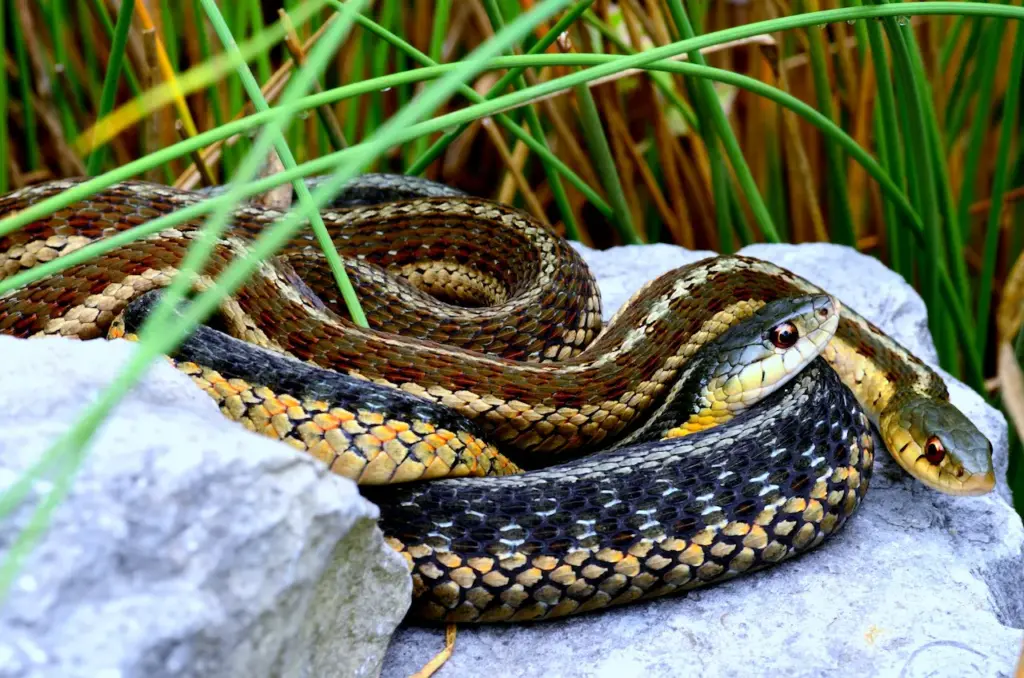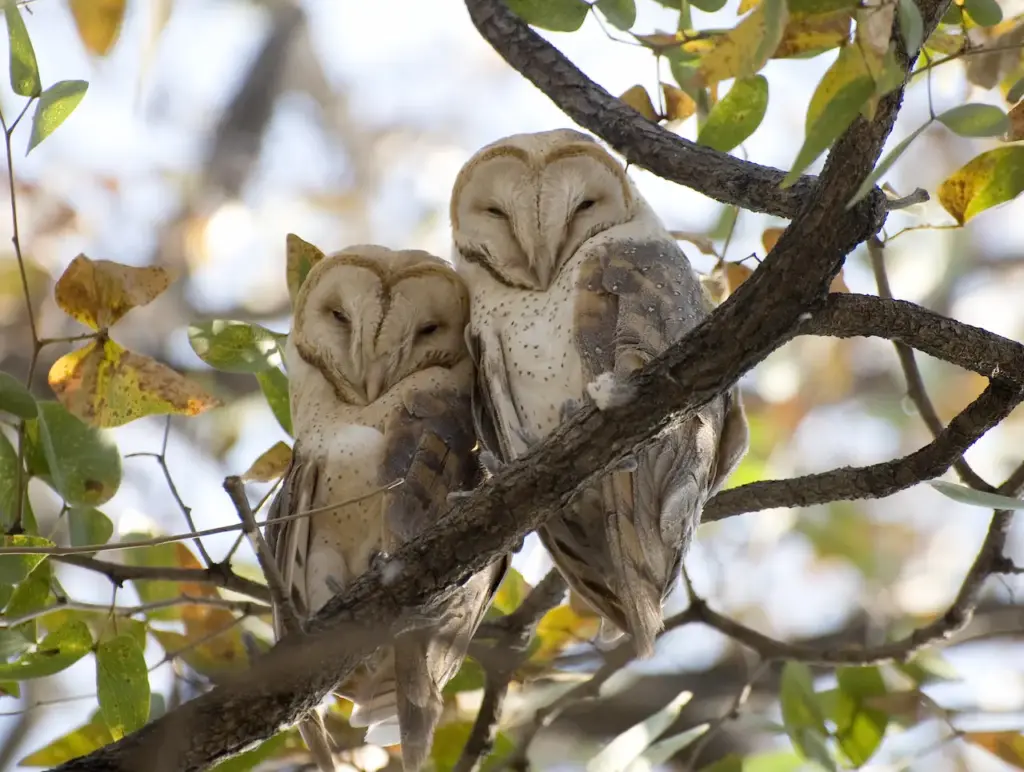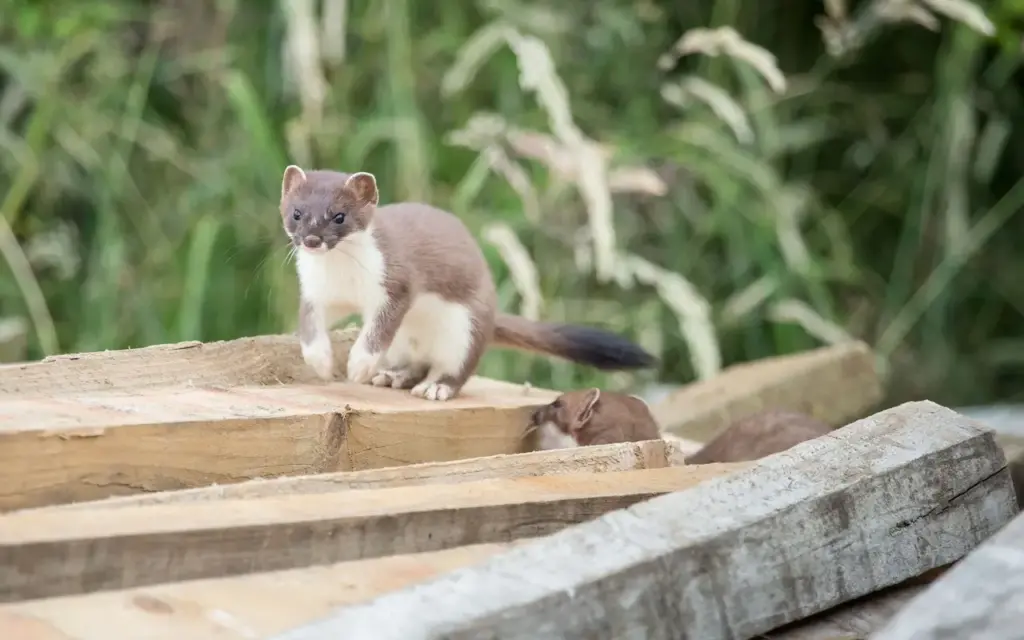What Eats Mice?
Categories
- Accipitridae (1)
- Acrididae (1)
- Algae (2)
- Alligatoridae (1)
- Amoebidae (1)
- Amphibians (3)
- Anatidae (1)
- Anguillidae (1)
- Arachnids (2)
- Bears (2)
- Big Cats (3)
- Birds (13)
- Bovidae (5)
- Bufonidae (1)
- Camelids (1)
- Cameras (1)
- Canines (13)
- Caridea (1)
- Carnivora (10)
- Castoridae (1)
- Cats (5)
- Cebidae (1)
- Cephalopod (1)
- Cervidae (2)
- Cetacean (1)
- Chondrichthyes (1)
- Crocodilia (2)
- Crustaceans (4)
- Culicidae (1)
- Cyaneidae (1)
- Dasypodidae (1)
- Dasyurids (1)
- Deer (1)
- Delphinidae (1)
- Desktop (1)
- Didelphidae (1)
- Dinosaurs (1)
- Dogs (13)
- Dolphins (2)
- Echinoderms (1)
- Education (10)
- Elephantidae (1)
- Equine (1)
- Erethizontidae (1)
- Erinaceidae (1)
- Farming (1)
- Felidae (5)
- Fish (5)
- Food Chain (31)
- Food Web (2)
- Formicidae (1)
- Frugivore (1)
- Gaming (1)
- Gastropods (1)
- Giraffids (1)
- Great Apes (2)
- Health Conditions (3)
- Herbivore (4)
- Hi-Fi (1)
- Hippopotamidae (1)
- Hominidae (1)
- Insects (10)
- Invertebrates (2)
- Keyboards (1)
- Laptops (1)
- Leporidae (1)
- Mammals (23)
- Marsupials (4)
- Mephitidae (1)
- Microchiroptera (1)
- Mollusks (2)
- Mongoose (1)
- Muridae (1)
- Nocturnal Animals (1)
- Odobenidae (1)
- Omnivore (2)
- Phasianidae (1)
- Phocidae (1)
- Plankton (1)
- Plants (2)
- Primate (1)
- Ranidae (1)
- Reptiles (7)
- Rhinocerotidae (1)
- Rodents (5)
- Salamandridae (1)
- Scarabaeidae (1)
- Sciuridae (2)
- Sharks (1)
- Shellfish (1)
- Sound (1)
- Spheniscidae (1)
- Suidae (1)
- Superfamily Papilionoidea (1)
- Theraphosidae (1)
- What Eats (5)
As prolific breeders that thrive living close to humans, mice occupy a unique niche near the bottom of the food chain. A multitude of predators – both wild and domesticated – relish mice as tasty, nutritious snacks and easy-to-catch meals.
In this article, we will explore 4 of the most notorious mouse predators, from stealthy snakes that swallow rodents whole to cunning house cats that endlessly stalk these creatures.
Snakes
As masters of patient ambush hunting, snakes commonly dine on mice and view them as a nutritious food staple. Equipped with quick-strike abilities, excellent camouflage, and flexible jaws to swallow mice whole, snakes are ideally adapted to prey on these prolific rodents.
Table of Contents
ToggleSnakes that actively pursue mice as primary prey include:
Garter Snakes
Widespread across North America, garter snakes lurk in vegetative cover and expertly ambush mice that wander nearby. They grab mice with their teeth before constricting prey, allowing them to consume rodents whole.
Though garter snakes eat insects, worms, frogs, and fish as well, mice comprise a substantial dietary component.
Studies indicate mice occur in up to 85% of garter snake stomach samples. In laboratory feeding trials, garter snakes readily attack, kill, and consume mice.
Their skill in hunting fast-moving, warm-blooded prey like mice contributes to garter snakes thriving in diverse habitats, from backyards to forests that feature mice.
Kingsnakes
With bright bands and fierce predatory nature, kingsnakes feel right at home in areas populated with rodents to prey upon. They dispatch mice through constriction, seizing rodents in coils before swallowing them whole.
Unique skeletal adaptations allow kingsnakes to consume meals up to three times larger than the diameter of their head. Their affinity for mice underlies one of their alternate common names – the mole kingsnake.
Kingsnakes occupy similar habitat to rodents from farmlands to prairies, forests, and even suburb gardens. Mice and other small mammals dominate their diet according to analyzed stomach contents.
Specially tuned sensory cells give kingsnakes an advantage in detecting the scent of hidden mammal prey like mice. Given their relentless hunting abilities, kingsnakes provide invaluable rodent control.
Owls
As skilled aerial hunters, owls offer an ominous nightly threat to mice venturing out in the darkness across many habitats worldwide. Equipped with sharp talons and extremely acute hearing and vision adapted to dim light environments, mice prove no match for many owl species.
Various types of owls feed on mice:
Barn Owls
With their iconic heart-shaped faces and whitish feathers, barn owls epitomize vole and mice-feasting owls. Their lightweight bodies, long wings, and feather fringes that muffle noise while flying give barn owls superb aerial agility.
Barn owls hunt more by sound than sight, able to capture hidden mice based solely on auditory cues indicating their presence.
Barn owls frequent agricultural buildings known to harbor mice. One nesting pair of barn owls with a brood of six owlets was recorded, consuming over 1,000 mice throughout the breeding season.
They provide vital natural pest control in farms and orchards plagued by rodents eating and spoiling crops.
Great Horned Owls
The quintessential wise-looking owls most envision great horned owls opportunistically preying on mice but take a wider variety of mammals and birds as prey based on availability.
With hearty appetites, a single great horned owl family can consume over 500 mice in a season while raising owlets.
Great horned owls emit intimidating hoots to claim territories boasting good habitats for hunting rodents, including grasslands, marshes, and mixed forests near agricultural fields that provide reliable access to mice.
Though a rodent diet gets supplemented with rabbits, hares, squirrels, and other prey, great horned owls are well equipped to handily feast on mice.
Weasels
As furry forest predators, weasels hunt primarily mice and other small mammals, targeting rodents proportional to their own elongated bodies. With lightning-quick reflexes, excellent scent-tracking abilities, and unique anatomical adaptions, weasels fill a niche as lethal mouse predators.
Long-tailed Weasels
The most prolific mouse catchers, long-tailed weasels, can consume up to 10 mice per day. This equals an astounding average of 10,000 mice killed annually by just one weasel.
Known as bloodthirsty hunters, long-tailed weasels pursue mice relentlessly. Lightning-quick chases down tunnels, leading to fatal neck bites and dispatching mouse prey.
Though generally smaller in stature, long-tailed weasels wield deadly hunting skills, enabling them to overpower mice.
Having evolved as specialized mouse predators, long-tailed weasels play an important ecological role in controlling mouse numbers anywhere rodents gather, offering free natural pest control.
Least Weasels
Least weasels hold the title of the world’s smallest carnivore but still regularly kill mice exceeding their diminutive body size.
Weighing a mere 1.2 – 5.7 ounces, least weasels still consume an estimated 30 – 50 mice annually. High metabolisms coupled with an innate drive to continuously hunt make least weasels formidable mouse predators.
Mice comprise up to 60% of least weasel diets in analyzed field stomachs. Least weasels inhabit diverse habitats from prairies to rocky slopes proximate to mice populations.
Stealthy hunting allows them to catch rodents and other small mammals to sustain their intense energy needs despite barely exceeding the sizes of their common prey. With fierce dispositions, they never pass up chances to take on mice.
Felines
Whether domestic mousers or wild mountain lions, cats, large and small, hunt mice with skill and resolve. Well-equipped with sharp claws, exceptional stealth and stalking skills, lightning speed, and agility, mice end up as common prey for many cat species.
Several cats demonstrate particularly adept mouse-hunting prowess:
Domestic Cats
Common house cats thrive catching mice around homes and farms. With whiskers precisely tuned to sense confined spaces favorable to mice, cats patrol territories monitoring for rodent movements.
Once detected, mice cannot escape ambushing felines. Cats bat rodents with their paw to stun them before killing mice with quick neck bites.
One benefit of cats as efficient hunters is their ability to dispatch mice humanely without needing poison baits. Well-fed domestic cats will still eagerly hunt, even if not hungry.
By eliminating pest mice, cats help control populations from overrunning grain storage areas and spreading diseases.
Mountain Lions
The large wild cats demonstrate adaptable hunting skills, taking various prey. Though specializing in large game like deer, mountain lions still pursue mice and other small mammals encountered while traveling across home ranges.
In fact, mice dominate stomach contents late winter into spring when ungulate prey disperses to give birth. Mountain lions access established rodent hot spots during these leaner months.
One study identified mice occurring in over 25% of mountain lion scat samples from coastal California. Although closer in size to moose and elk as usual prey choices, mountain lions remain apex predators quick to seize mice.
Conclusion
Mice occupy an integral niche in food chains worldwide as abundant prey sustain diverse predators. Snakes ambush mice with patience and accuracy. Owls utilize specialized sensory adaptations and stealth flight to snatch active rodents.
Weasels hunt vigorously in continual pursuit of mice to meet high energy needs. From domestic mousers to large wild mountain lions, various cats hone their strategy and skill in catching mice. These predators possess unique evolutionary specializations for locating and dispatching mice.
Owls hear mice, cats smell them, snakes follow scent trails, and weasels relentlessly track them down holes and burrows. Their shared ability to successfully hunt beyond simple size matchups highlights fine-tuned adaptations.
While prolific and problematic in close association with humans, mice also provide vital calories transferring energy through the food web.
Serving as easy snacks for predators big and small, mice existence supports wetland food chains to forest ecosystems and suburban neighborhoods.
Predators keep fast-breeding mouse numbers regulated through natural checks and balances. So when spotting an innocent mouse, remember a diversity of hunters viewing it as the next meal!



